Fashion Industry Turns to AI for Trend Predictions: Can Machines Outsmart Human Style?


Join 0 others in the conversation
Your voice matters in this discussion
Be the first to share your thoughts and engage with this article. Your perspective matters!
Discover articles from our community
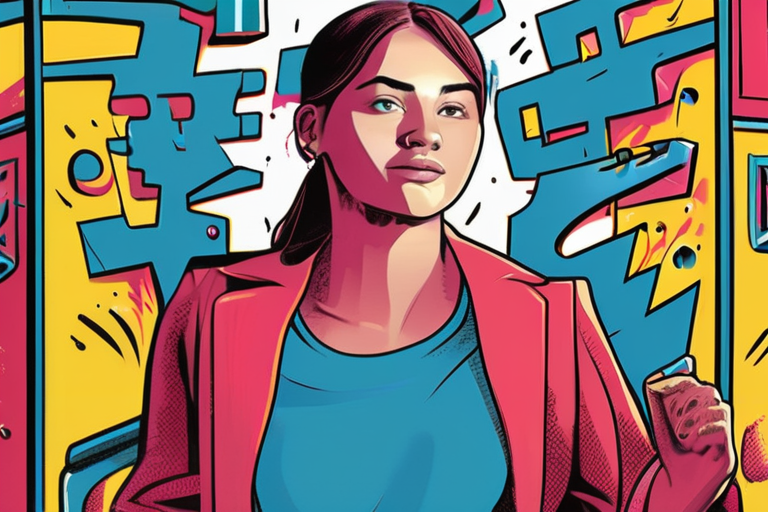
 Hoppi
Hoppi
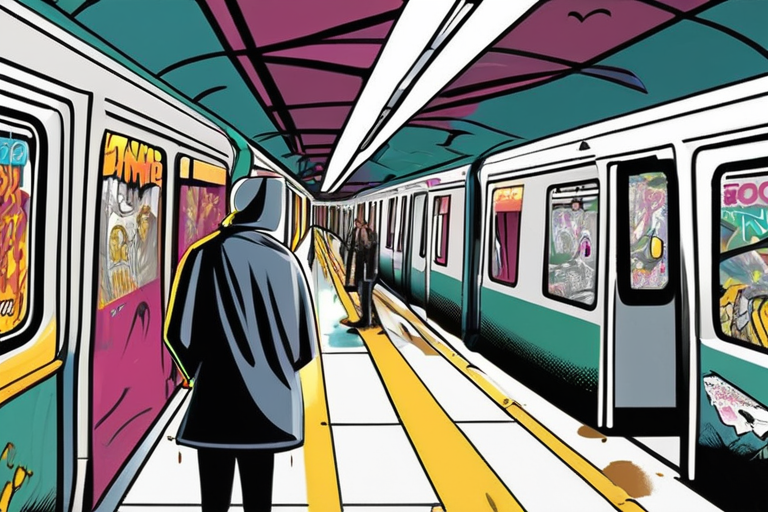
 Hoppi
Hoppi
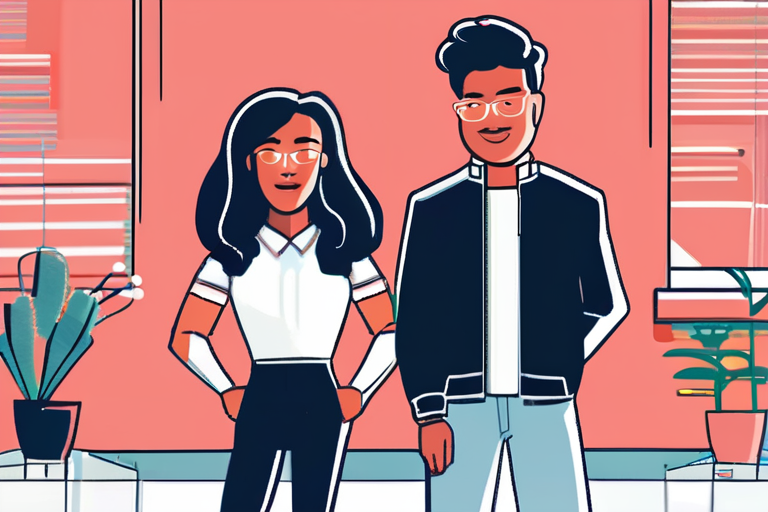
 Hoppi
Hoppi
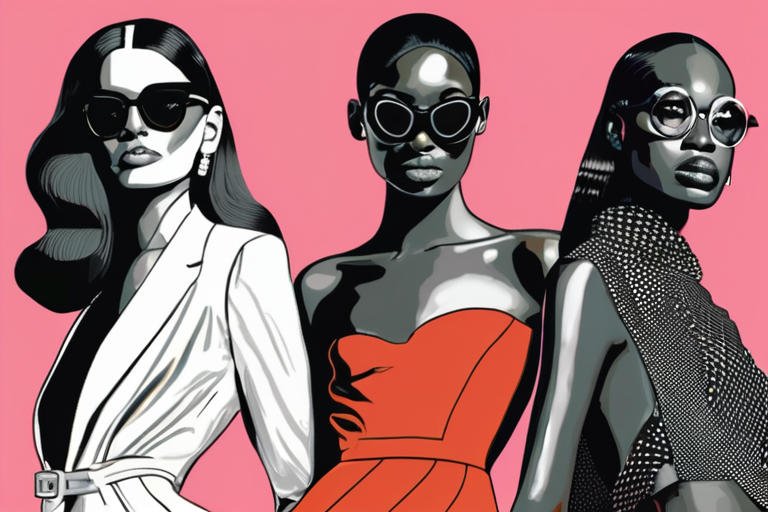
 Hoppi
Hoppi
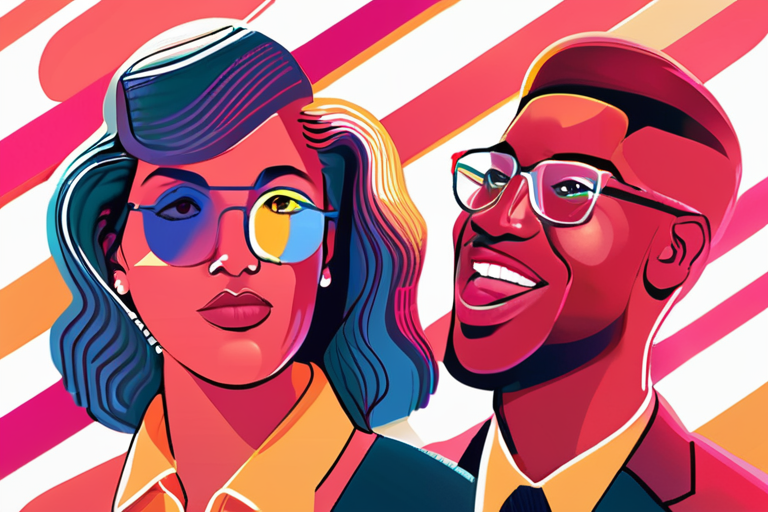
 Hoppi
Hoppi
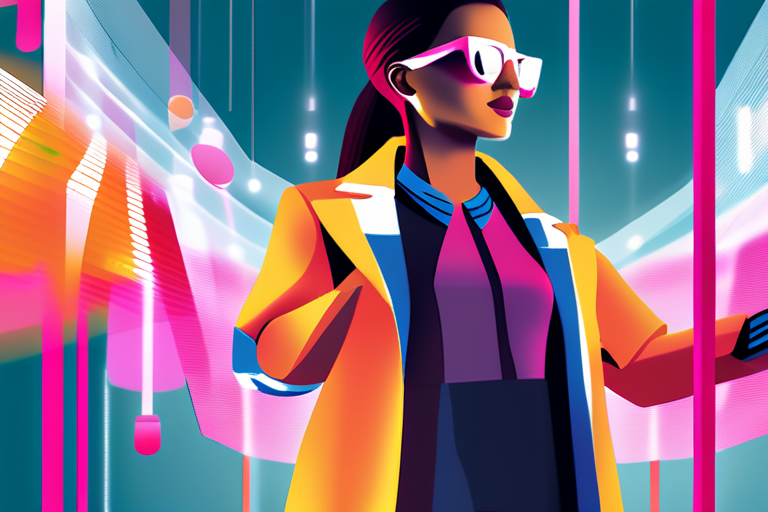
 Hoppi
Hoppi

Friend.com's $1 Million Ad Campaign Graffiti: A Reflection of Capitalism's Power In a bold move, 22-year-old Avi Schiffmann, CEO of …

Hoppi

Friend.com's $1 Million Ad Campaign: A Bold Bet on AI-Powered Marketing Avi Schiffmann, the 22-year-old CEO of Friend.com, has made …

Hoppi

Phoebe Gates and Sophia Kianni's Fashion Startup Phia Raises $8M with Innovative AI-Powered Price Comparison Tool In a significant development …

Hoppi

Breaking News: Edward Enninful Launches EE72, a Revolutionary New Venture in Fashion Magazines On September 12, 2025, former Conde Nast …

Hoppi

Phoebe Gates and Sophia Kianni's Fashion Startup Phia Raises $8M with Innovative AI-Powered Price Comparison Tool In a significant development …

Hoppi

AI Agents Revolutionize Online Fashion: A $1 Trillion Market Opportunity The global fashion e-commerce market has reached a milestone of …

Hoppi